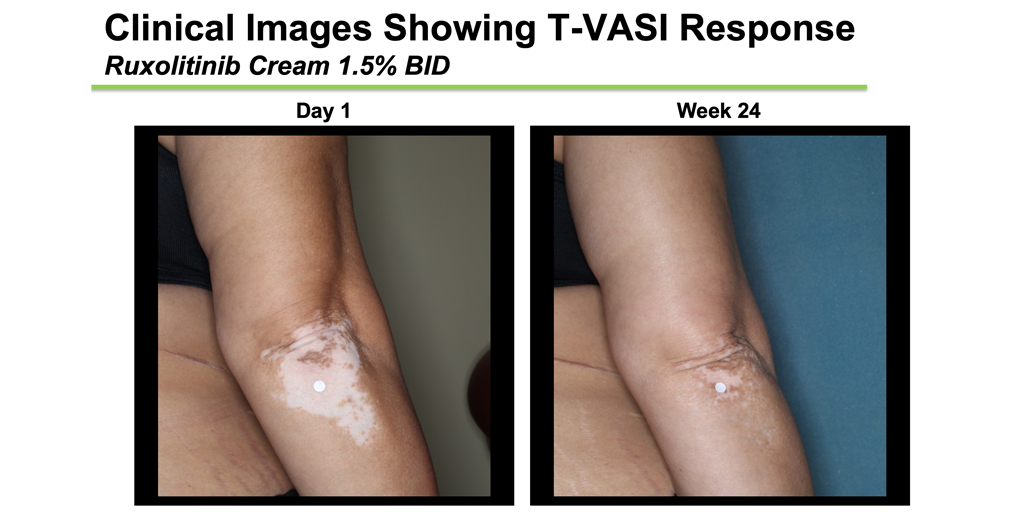"Speaking of Vitiligo..."
 I am a physician-scientist who focuses my clinical and research efforts on vitiligo, and therefore I think about this disease a lot – all the time, in fact. Therefore I thought it would be helpful to share my thoughts with others who are interested in vitiligo as well, particularly the patients who suffer from it and their loved ones. I want to make clear that while I am affiliated with many vitiligo organizations, my comments in this blog are my own, and do not reflect the opinions of those organizations. In addition, my research is largely focused on finding new treatments, and ultimately a cure, for vitiligo. This work is supported by a number of sources, including pharmaceutical companies, which by definition creates potential conflicts of interest. In full disclosure, here is a list of our vitiligo research supporters. Please know that, to the best of my ability, all of my comments are unbiased reflections of my understanding of vitiligo as both a physician and scientist. I do not permit advertisements on my website, and do not endorse companies or products that may advertise on other sites that may be referenced here.
I am a physician-scientist who focuses my clinical and research efforts on vitiligo, and therefore I think about this disease a lot – all the time, in fact. Therefore I thought it would be helpful to share my thoughts with others who are interested in vitiligo as well, particularly the patients who suffer from it and their loved ones. I want to make clear that while I am affiliated with many vitiligo organizations, my comments in this blog are my own, and do not reflect the opinions of those organizations. In addition, my research is largely focused on finding new treatments, and ultimately a cure, for vitiligo. This work is supported by a number of sources, including pharmaceutical companies, which by definition creates potential conflicts of interest. In full disclosure, here is a list of our vitiligo research supporters. Please know that, to the best of my ability, all of my comments are unbiased reflections of my understanding of vitiligo as both a physician and scientist. I do not permit advertisements on my website, and do not endorse companies or products that may advertise on other sites that may be referenced here.
-
 Saturday, June 15, 2019
Saturday, June 15, 2019 -
Thursday, December 29, 2016
Vitiligo JAK Inhibitor Update
Read more -
Tuesday, December 22, 2015
Ruxolitinib (Jakafi) is a new drug that worked for a patient with vitiligo!
Read more -
Thursday, June 25, 2015
Tofacitinib treatment for vitiligo
Read more
